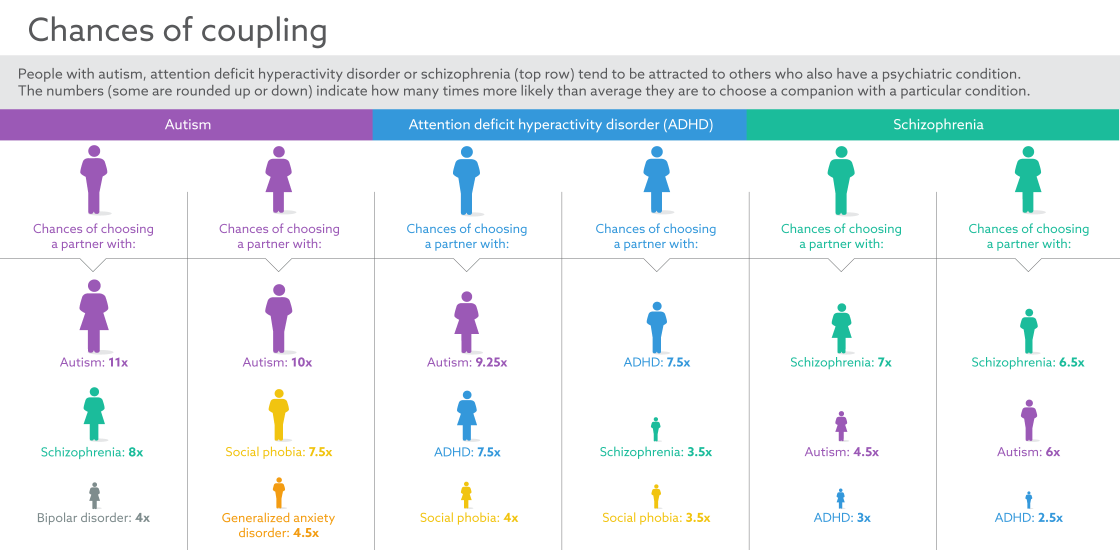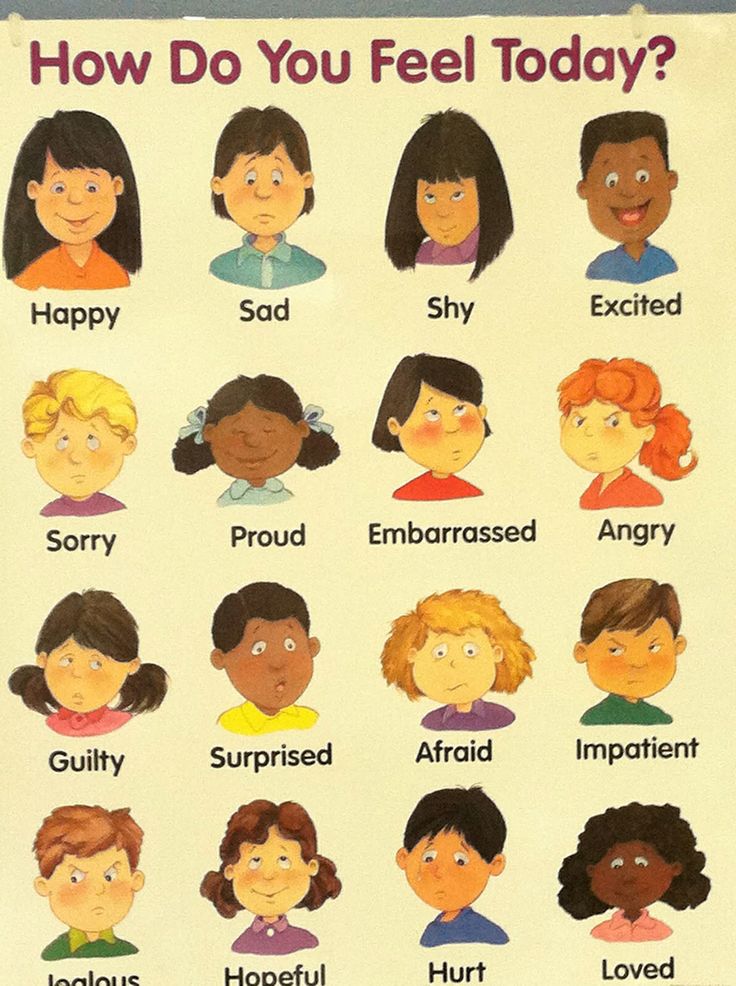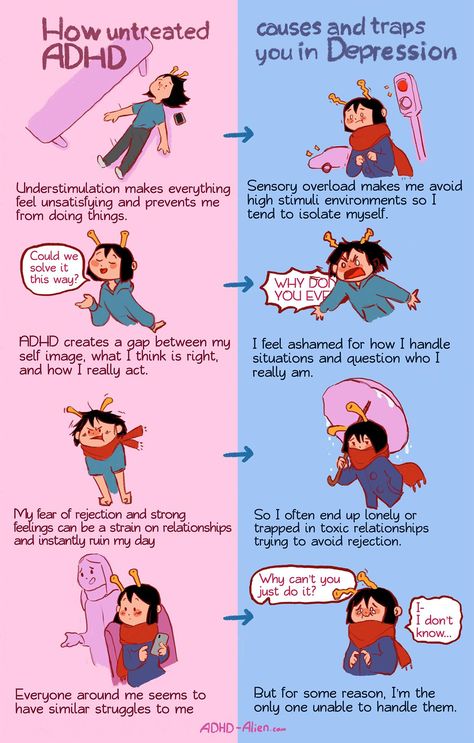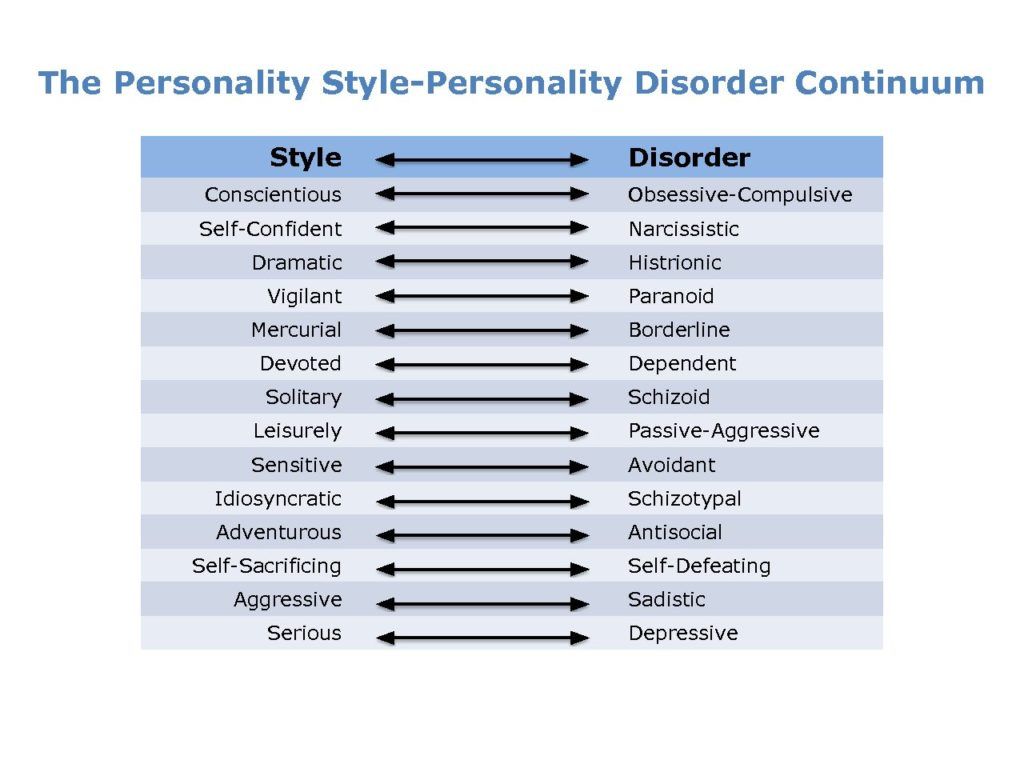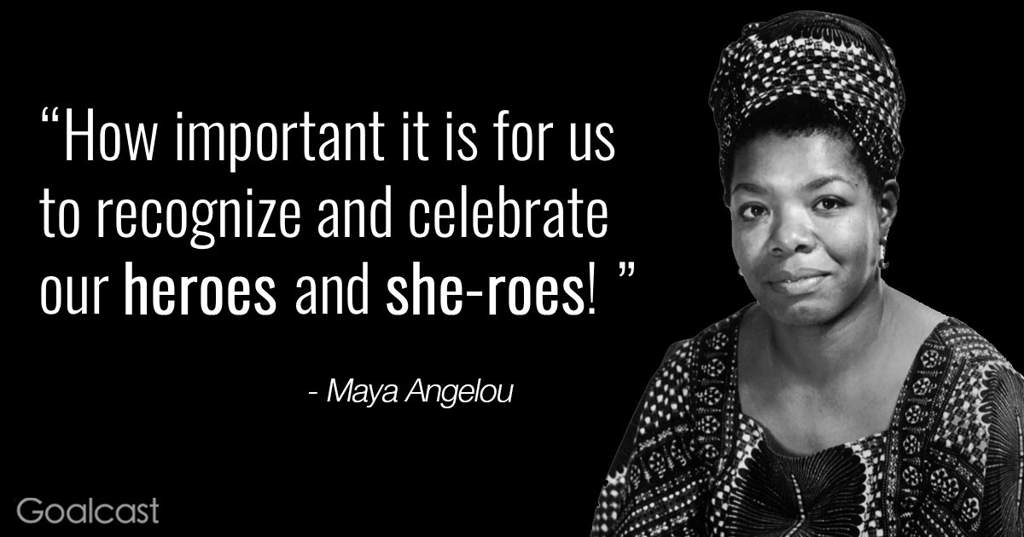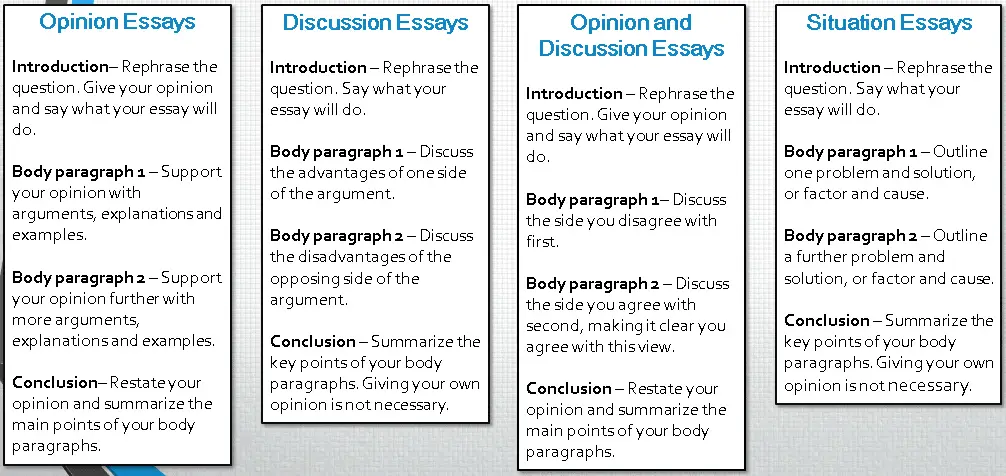Deprogramming your mind
Reprogram your mind with these 6 steps
Ready to take the initiative & join our newsletter?
Sign Up Now
Mind & Meaning
Understand and take control of the subconscious mind Posted by:
Team TonyAre you living the life you’ve always wanted? Or have you settled into the status quo? If you’ve hit a plateau, feel stuck in life or know that you haven’t reached your full potential, it’s not too late. You can reprogram your mind to give you the focus and determination it takes to design a life that gives you fulfillment, joy and passion.
Most of us have a vague idea of what we think we deserve. When life veers away from that path we have quietly set for it, we often become frustrated and upset. “Why is this happening?” we wonder. This discontent can be powerful; it can spur us to make change.
But our subconscious minds can also work against us. So many of us end up turning our frustration and upset against ourselves, sabotaging any potential success. We start thinking that we deserve better, and we may work a little harder for a few days. But rather than take action and strive for lasting change, we drop right back down to where we think we belong – in our careers, our finances, our relationships, our health, our general sense of well-being.
What if you took active control and learned how to reprogram your mind? What if you were able to redirect your focus to make your life a masterpiece.
Your subconscious mind is the key to success – and you can reprogram it. If you want to live the life you desire, then it’s time to decide, to commit and to resolve. It’s not what we can do in life that makes a difference – it’s what we will do. And there’s no better time to take back control of your mind and set your sights on something better right now.
Watch how Tony explains how to reprogram your mind to two friends, using basketball as an example.
The power of the mind is undeniable. Cultivating that complete certainty – that deep belief in yourself – requires understanding how to leverage subconscious mind programming.
What is the subconscious mind?The subconscious is the part of our minds that makes decisions without our needing to actively think about them. It’s different from the conscious mind, which encompasses the thoughts we know we are having at any given moment. It’s also different from the unconscious mind, which holds past events and experiences that we don’t remember at all.
Learning to play an instrument is a good example of how the subconscious mind works. At first, you need to think about translating the sheet music and moving your fingers to play each note, but as you practice, you find you can pick up any song and play it.
The subconscious mind goes beyond learning new skills. It’s involved in information processing and affects everything we think, say and do. It stores our beliefs and values, determines our memories and monitors the information all around us, deciding what to send to the conscious mind and what to store for later. It affects every moment of our lives – and most of us don’t even know it.
So how long does it take to reprogram your subconscious mind? On average it takes about three to four weeks – but it could take longer. The answer will depend on how deeply ingrained the behavior is that you want to change, as well as your own limiting beliefs.
Shifting your mindsetTo learn how to reprogram your mind for success in the way Tony describes in the video, there are three steps you must take that will shift your mindset and point your focus in the right direction.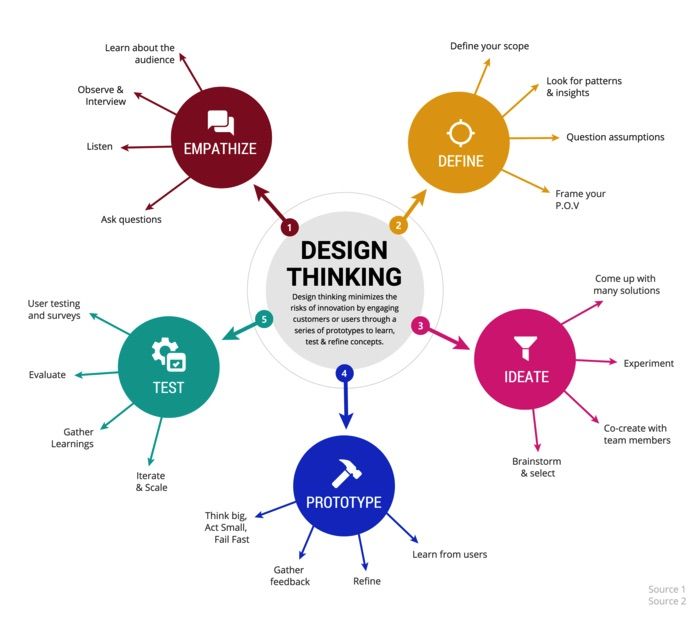
The first step you need to take is to gain absolute clarity on what it is you want. Learn how to stop overthinking and focus on your goals. What is your desired outcome? What does unlocking an extraordinary life look like to you? Clarity is power. The more thought you put into this, the more detail you lay out, and the stronger and more powerful your vision will become. This creates a subconscious mind map, giving your brain the tools necessary to turn that vision into reality.
Want to reprogram your mind? Consider an argument with your partner. When in a heated exchange with a loved one, we often lose track of the disagreement itself and focus on being heard – on getting the last word, on winning. You stop watching your tone and being gentle with your partner and begin treating them like an adversary. That’s a quick way to escalate the argument into something much worse.
Instead, stop yourself and ask, “Why am I arguing in the first place?” You aren’t fighting to fight; you are disagreeing about something and want a resolution. When you are distracted by winning, you lose track of the actual problem. Once you remember that, you can shift your focus back to resolving the original problem, effectively reprogramming your brain to use its resources and produce that outcome in that moment.
When you are distracted by winning, you lose track of the actual problem. Once you remember that, you can shift your focus back to resolving the original problem, effectively reprogramming your brain to use its resources and produce that outcome in that moment.
Subconscious reprogramming starts with deciding what you want – right now and in the future – and focusing on it. Give your brain direction. As Tony says, where focus goes, energy flows. What do you want physically, financially, emotionally and spiritually in your business and in your personal life? Make the decision that you are not willing to settle and that you are not willing to live the way you are living right now. Set your sights on what you want and begin reprogramming your brain.
Step 2: CommitAfter you decide what you want, the next step of subconscious reprogramming is committing. Rid your mind of fear and self-doubt. How do you do that? By committing to it and letting it drive you.
Fear is one of the biggest traps that keeps people from taking action. We all have fears – fear of rejection, fear of failure, success, pain or the unknown. If you do nothing, that fear will remain exactly where it is, blocking your path. You will not move, and you will always live in fear. You might not do any worse, but you also won’t do better. And that fear will always be present in the back of your mind, pushing you away from your goals. The lack of action gives the negativity time to poison your thoughts: “It’s a good thing I didn’t try. I never would have made it.” When allowed to spread through your subconscious mind, this fear-based negativity will seep into everything you think about yourself and everything you do.
We all have fears – fear of rejection, fear of failure, success, pain or the unknown. If you do nothing, that fear will remain exactly where it is, blocking your path. You will not move, and you will always live in fear. You might not do any worse, but you also won’t do better. And that fear will always be present in the back of your mind, pushing you away from your goals. The lack of action gives the negativity time to poison your thoughts: “It’s a good thing I didn’t try. I never would have made it.” When allowed to spread through your subconscious mind, this fear-based negativity will seep into everything you think about yourself and everything you do.
The only way to deal with fear and reprogram your mind is to face it head-on. You must look it in the eye and take action in spite of it. Are you afraid of failure? Look at it this way: Failure is an education. If you do something and fail, you will know what doesn’t work. You’ll be able to take a more educated, informed approach next time. You’re better off than where you were before.
You’re better off than where you were before.
Reprogramming your brain means breaking through negative chatter like, “I can’t.” Think of it the same way you would build muscle at the gym. At first, it will seem difficult and maybe even taxing. But if you start small and do it every day, you will gradually become stronger. And before long, it will become an effortless habit.
Commit to yourself. Commit to overcoming the negativity. Commit to a better life. When you commit fully, cutting off any other possibility, you will push yourself to the next level and demand more of yourself than anyone else could ever expect. And that is the true power of subconscious mind programming.
Step 3: ResolveOnce you have decided on your path and committed fully, take inventory of your situation. What are your current actions getting you? Direct your mind toward assessing what is working and what isn’t. Make the shifts. Resolve is about finding solutions to whatever may come your way.
A critical part of finding resolve and effectively reprogramming your brain is flexibility. Tunnel vision forces limits on you – you will miss out on opportunities and alternative routes that could lead to incredible benefits. Remember, you are never 100% in control. Think about it: has your life gone according to plan? Probably not. The path you take is never a straight line. And that’s why it’s vital to remain flexible along the way – learning from mistakes, embracing failure and using negativity as a driving force for change. As long as you are making progress, you are going in the right direction.
When you reprogram your mind to focus on resolve, you develop the ability to change your approach to problems as required. Not all obstacles, hurdles or circumstances are the same; each poses its own difficulties, and you can meet those difficulties head-on. True power comes from within, and reprogramming your brain conditions you for success. Frustration becomes a gift, because it means you are on the verge of a breakthrough.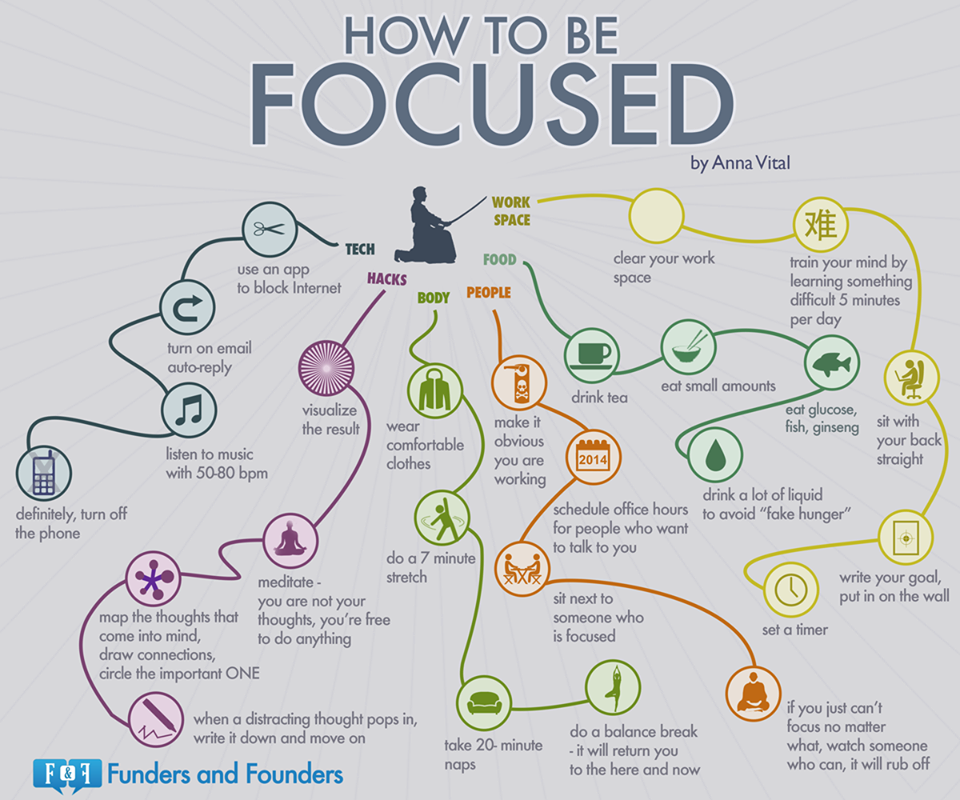 Failure becomes a lesson, counseling you on how to be better in the future. Any roadblock becomes an opportunity for you to pivot and find a new creative solution. That is the power of your mind’s dedication to resolve.
Failure becomes a lesson, counseling you on how to be better in the future. Any roadblock becomes an opportunity for you to pivot and find a new creative solution. That is the power of your mind’s dedication to resolve.
Now that you’re in a powerful, determined state, it’s time to adopt positive habits that will reprogram your mind to have total certainty in itself.
1. Adopt empowering beliefsLimiting beliefs hold us back from what we want in life. They can be based on past results, negative events you’ve experienced or a flawed vision of your future. When you address these beliefs and challenge their accuracy, you can replace them with empowering beliefs to live by. What does this look like? It could be replacing “My parents were divorced, so it’s in my genetic code to not have a happy relationship,” to “I deserve a healthy relationship with someone I love.” When you change your self-talk, you change your world.
We are not in control of life – the only thing we can control is our actions and reactions. When we embrace this concept, we take back our power to shape our existence and reprogram our minds. Let go of the need for certainty and embrace the beauty of uncertainty. When we focus on choosing trust, giving without thinking about what we’re getting in return and living consciously, we can let go and enjoy the journey.
3. Focus on gratitudeWhen you choose gratitude and appreciation over criticism and fear, you shine a light on the positive. This rewires your brain to notice more of what you have and less of what you don’t. It also allows you to be curious about the events in your life as you no longer view them with suspicion. You can embrace change and let it in, appreciating that life never stays the same.
4. Watch your environmentWhen reprogramming your brain for success, you have to limit negative influences in your environment. Your subconscious mind is constantly absorbing information from outside sources and using that information to form beliefs that shape how you think and behave. Negativity from the daily news, toxic people and social media can have a profound effect on your subconscious mind without you even knowing it.
Your subconscious mind is constantly absorbing information from outside sources and using that information to form beliefs that shape how you think and behave. Negativity from the daily news, toxic people and social media can have a profound effect on your subconscious mind without you even knowing it.
As you work on how to reprogram your mind, remember that proximity is power. Surround yourself with positive, supportive people. Seek out books, videos and music that lifts you up and empowers you. Over time, you will find that your subconscious mind is more positive and encouraging and that negative thoughts have greatly diminished.
5. VisualizeRemember Tony’s video about the basketball players? They learned how to reprogram their minds through visualization. By picturing in their minds the perfect free throw over and over, they were able to program their brains to actually make those shots once they got on the court.
What does your perfect day look like? How do you want your big presentation at work to go? How exactly do you want a first date to go? Pick something you are truly committed to making a reality and spend 10-15 minutes each day visualizing it as if it has already happened.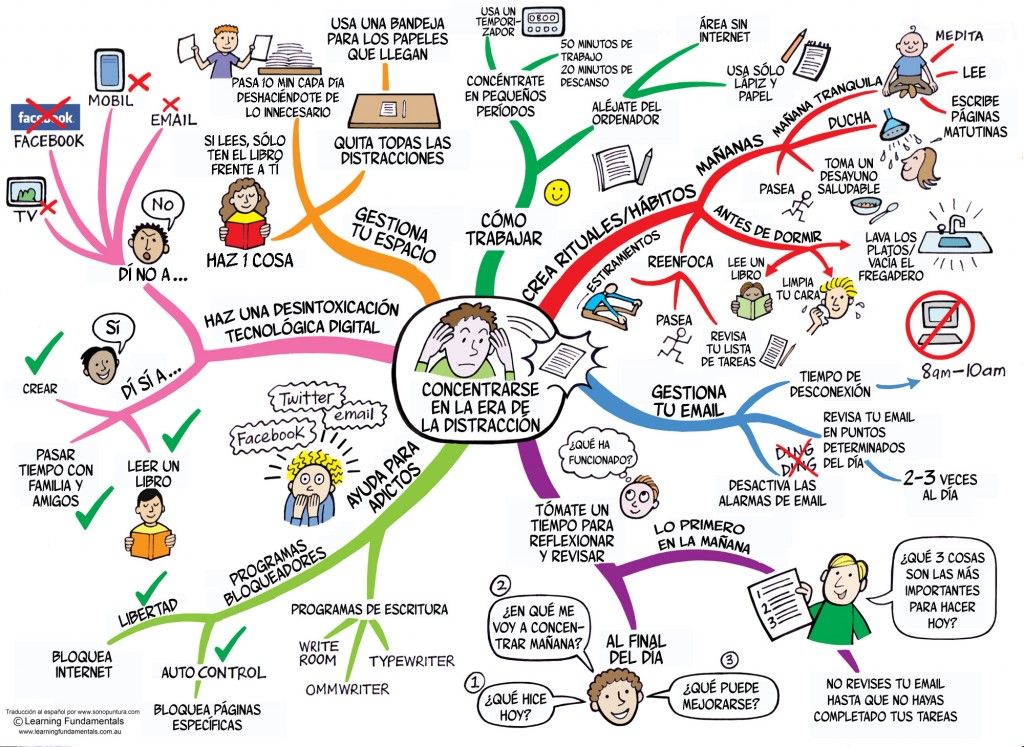 Your subconscious mind will absorb the feelings in your images as if they were real, giving you the inner confidence you need to make them come true.
Your subconscious mind will absorb the feelings in your images as if they were real, giving you the inner confidence you need to make them come true.
Biohacking is using experimentation and technology to improve your health and wellness. Biohacking can involve red light therapy to increase health, adopting an intermittent fasting plan to trigger weight loss or adding supplements to your diet to supercharge your health. One powerful way to reprogram your mind through biohacking is by harnessing the power of music. Our brainwaves respond differently to various types of music and we can induce certain feelings with the right beats.
Binaural beats involve playing two tones at different frequencies to induce certain states of mind. It’s been proven that our subconscious mind absorbs information better when we are in a relaxed state, so you can use binaural beats to trigger alpha brainwaves.
How to know if it’s workingSubconscious mind programming can be tricky – by its very definition, you can’t always tell what it’s thinking.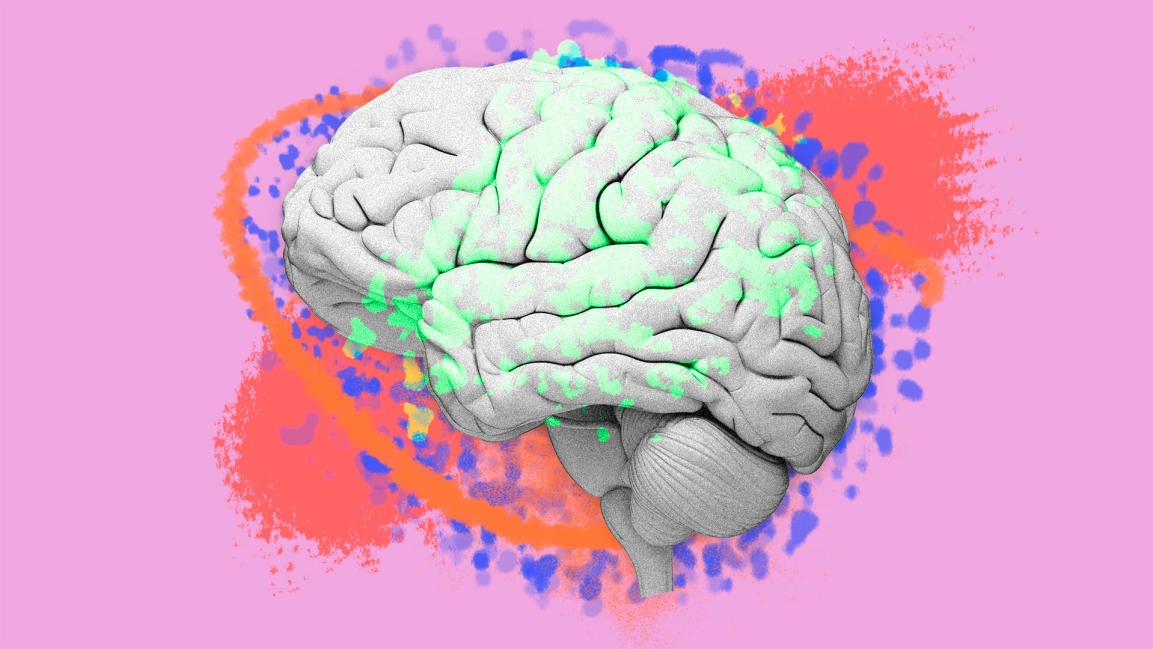 But there are ways to tell if your efforts to reprogram your mind are working.
But there are ways to tell if your efforts to reprogram your mind are working.
- You’re becoming more self-aware. You must be aware of your subconscious mind in order to reprogram it. Are you getting better at stopping negative self-talk and controlling your emotions? Are you able to shift your focus at will? These are signs of self-awareness.
- You take more risks. Everyone has different risk tolerances, but limiting beliefs cause us not to take any risks at all. When you reprogram your mind, you’ll increase your confidence and be ready to get out of your comfort zone.
- You attract positivity. As Tony says, “Whatever you consistently think about and focus upon you move toward.” That’s the law of attraction: reprogramming your mind to think more positively can actually bring more positive things into your life.
Header Image © Shutterstock / Rawpixel.com
Team Tony
Team Tony cultivates, curates and shares Tony Robbins’ stories and core principles, to help others achieve an extraordinary life.
featured collections
related posts
close
Join Our Newsletter!
By entering your information on the Tony Robbins website, you agree that we may collect and use your personal information for marketing, and for other purposes, as set forth in our Privacy Policy, which we encourage you to review.
close
Get a Free Results Coaching Session
Want to achieve real results NOW? Fill in the form below to schedule your FREE 30-minute session with a Tony Robbins Results Coaching Strategist.
By entering your information on the Tony Robbins website, you agree that we may collect and use your personal information for marketing, and for other purposes, as set forth in our Privacy Policy, which we encourage you to review.
This website uses cookies to personalize your experience and target advertising.. By continuing to use our website, you accept the terms of our updated policies
13 Ways To Start Training Your Subconscious Mind To Get What You Want
Unsplash
Your brain is built to reinforce and regulate your life.
Your subconscious mind has something called a homeostatic impulse, which regulates functions like body temperature, heartbeat and breathing. Brian Tracy explained it like this: "Through your autonomic nervous system, [your homeostatic impulse] maintains a balance among the hundreds of chemicals in your billions of cells so that your entire physical machine functions in complete harmony most of the time."
But what many people don't realize is that just as your brain is built to regulate your physical self, as does it try to regulate your mental self. Your mind is constantly filtering and bringing to your attention information and stimuli that affirms your preexisting beliefs (this is known in psychology as confirmation bias) as well as presenting you with repeated thoughts and impulses that mimic and mirror that which you've done in the past.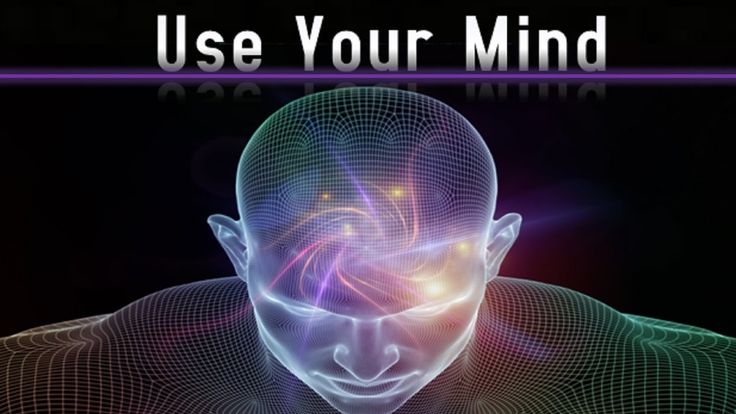
Your subconscious mind is the gatekeeper of your comfort zone.
It is also the realm in which you can either habituate yourself to expect, and routinely seek the actions that would build and reinforce, the greatest success, happiness, wholeness or healing of your life.
Here, a few ways to start retraining your mind to be your ally, not your enemy.
1. Be willing to see the unchangeable change.
The first step in creating massive change in your life is not actually believing that it's possible, it's being willing to see if it is possible.
You are not going to be able to jump from being a complete skeptic to a wholehearted believer. The step between those is just being open to seeing what could be possible. You could maybe try sending a few "scary emails," in which you proposition a client or partner for something that they do not have any reason to respond to. You might have a few dozen ignored messages, but eventually, someone will respond.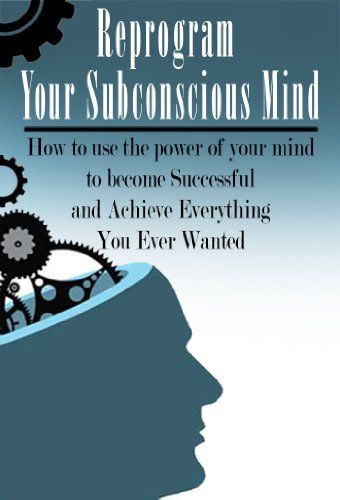
The point is that you're willing to see if its possible... that's what will change your life.
2. Give yourself permission to be successful.
Instead of regurgitating the same old narrative of believing you'll be happy once you're 10 pounds, one promotion and two life events down-the-line, work on changing your inner monologue to: "I allow my life to be good."
Give yourself permission to be happy and successful, and not feel guilty about it. If you have a subconscious association between success being amoral, or corrupt, of course you're not going to do what you need to do to live the life you want to live. Instead, give yourself permission to step into a whole, happy, healthy, grounded and meaningful existence.
3. Don't allow other people's fears to cast shadows of doubt.
The way people respond to news of your success will tell you how they are really doing in their lives.
If you announce your engagement, people who are in happy marriages will be elated for you.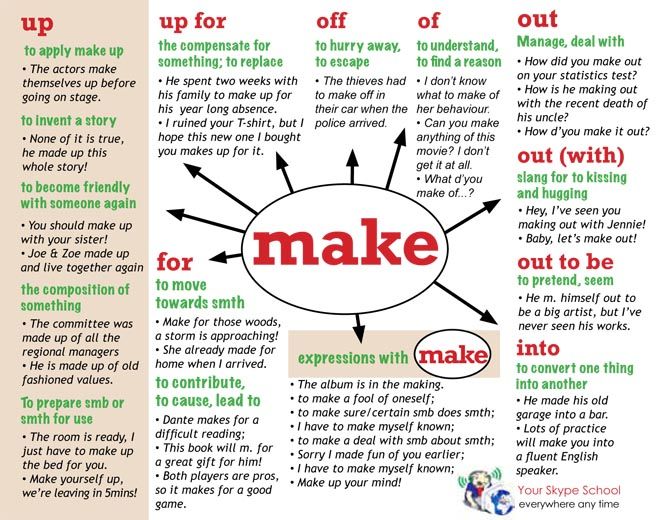 People who are in unhappy marriages will warn you that it is difficult and that you should enjoy your remaining time as "single" individuals.
People who are in unhappy marriages will warn you that it is difficult and that you should enjoy your remaining time as "single" individuals.
The point is that other people's fears are projections of their own situations. They have nothing to do with what you are or aren't capable of.
4. Surround yourself with positive reinforcement.
Keep a bottle of champagne in the fridge. Change your morning alarm on your phone to read the message: "CONGRATULATIONS!!!" Make sure that the items that you see and touch most often bring you positivity and hopefulness. Keep an inspirational note on a post-it next to your computer. Unfollow people who make you feel bad about yourself and follow those who are constantly posting motivational messages and interesting ideas. Make your newsfeed a place that can catalyze your growth, instead of lessening your perception of your worth.
5. Speak your success as a present fact, not a future plan.
Though you shouldn't say things like "I drive a convertible," or "I am a CEO," if they are not in fact true, do start speaking about what it is you want out of life not in the context that you will one day pursue it, but that you are already living it.
Instead of saying: "I hope to do that one day," say, "I am strategizing how to do that now." Instead of thinking: "I will be happy when I am in a different place in my life," think, "I am completely capable of being happy right here and right now, nothing is holding me back."
6. Create a vision space.
Being able to imagine what it is you want out of your life is absolutely essential for creating it, because if you don't know where you're going, you won't know which way to turn first.
Once you have a crystal clear image in your mind for what it is you want and how it is you want to live, you are then capable of beginning to enact and create it. If you are still hazy or torn between what you want, you will be rendered incapable of taking real, meaningful action toward anything.
Whether you use a Pinterest board, blog, notebook or board, put together words and images that represent what you want and how you want to live.
7. Identify your resistance.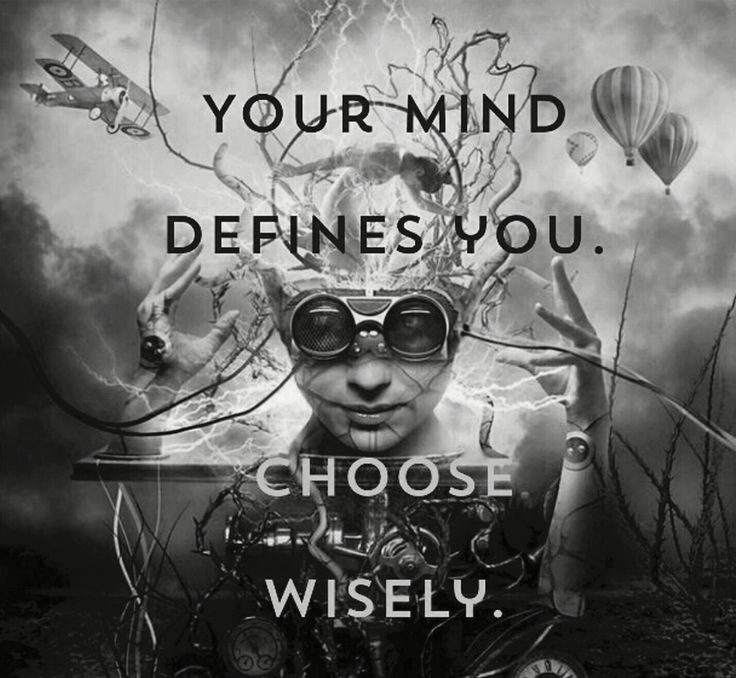
When our subconscious minds hold us back from pursuing something that we love, it is because we are holding a conflicting belief about it.
To identify your resistance, question yourself. Ask yourself why you feel better when you procrastinate, or why getting what you really want could actually put you in a place that makes you feel more vulnerable than ever. Find a way to meet those needs before you proceed.
8. Have a master plan for your life.
Forget five or even 10 year plans; so much changes over time it's nearly impossible to set goals that you'll be able to keep. Most likely, new or even better opportunities will surface, and though your life won't look like you thought it would, you're better off for that.
Instead, have a master plan. Identify your core values and motivations. Ask yourself what is the ultimate goal of what you want to accomplish while you are alive; imagine the kind of legacy you want to leave. Once you have your Big Picture values identified, you can make decisions for the long-term that align with your true self.
9. Start a gratitude journal.
The best way to start putting yourself in a headspace of "having" rather than "wanting" is to begin a gratitude practice. By expressing thanks for all that you do have, you shift your mindset from being hungry for change to feeling satisfied with where you are at. Nothing magnetizes abundance to you like gratitude. There's a saying that once you believe you have enough, you are open to receiving more and more and more. That is undoubtedly true.
10. Start asking for what you want, even if you know you'll be denied.
If someone asks you to do a consulting project, ask for the amount of money you truly want to earn for it. If your goal is to get a promotion in your organization, sit down with your higher up and make your intentions known. Reach out to brands you want to work with. Start asking for what you want, even if you have no reason to believe that anyone will actually give you any of those things. Eventually, they will.
Eventually, they will.
11. Release your attachment to the "how."
Your job is to identify the what, and then to work in tandem with other people for the how.
If your goal is to work remotely and run your own business, instead of giving up if your first attempt fails, try reimagining how else you could achieve your ultimate vision in a new way that is more financially lucrative.
The point is that life will always surprise you with how things come to fruition. Instead of being obsessively attached to every little detail working out the way you think it should, be open to potential and possibility, even if it's something you never imagined before.
12. Surround yourself with allies.
Start spending time with people who are ambitious, supportive and creative.
If you're hanging out every weekend with people who are likewise as unhappy with their lives, you aren't going to receive an abundance of support if you try to break free and do your own thing.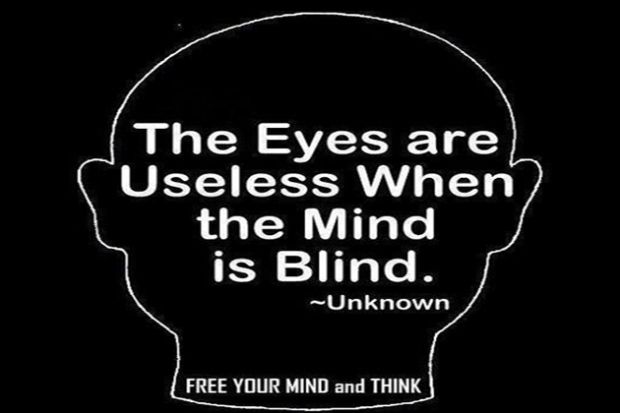 Remember that you will truly become who you spend the most time with, and choose who that is very carefully.
Remember that you will truly become who you spend the most time with, and choose who that is very carefully.
13. Fill your "dead air" time with affirmation and motivation.
When you're on your commute each morning, listen to a motivational speech or podcast. While you're doing the dishes or driving, tune into a talk show that relates to the type of business you're trying to do. Infuse your life with as much affirmation and motivation as possible. You may need to hear the lessons more than once, but they will seep into your brain over time, and eventually, you will find yourself acting on wisdom received from those who are where you want to be.
SavePearlHarbor
This article is a quick tutorial on how to deploy an ASP.NET Core application to Kubernetes, writing a Dockerfile to form an image (Docker image) and a minimal manifest to create a deployment and an object that provides access to it - the article will use ingress in execution nginx.
Tools used:
Application description
The application you deploy will be a minimal ASP. NET Core web application. It is a simple API that contains the following commands:
NET Core web application. It is a simple API that contains the following commands:
-
'api/' - returns an 'online' response, which is used to check the health of the application;
-
'api/authors' - returns a list of article authors;
-
'api/info' - returns information about the environment: variables, NetBIOS server name, username under which the application is running, hostname and IP addresses of all host interfaces.
The source code can be found here.
Image building
The Dockerfile for an ASP.NET Core application can be created either manually or automatically using the built-in generator in VS. To do this, when creating an ASP.NET Core project, in the tab with additional configuration, you need to check the box “Enable Docker” and select the OS used by the docker (see figure).
Additional configuration window It's very convenient to offload Dockerfile generation to VS. But you should not rely on it entirely, and it is better to understand exactly which instructions are generated, their arguments, and the general structure of the resulting Dockerfile.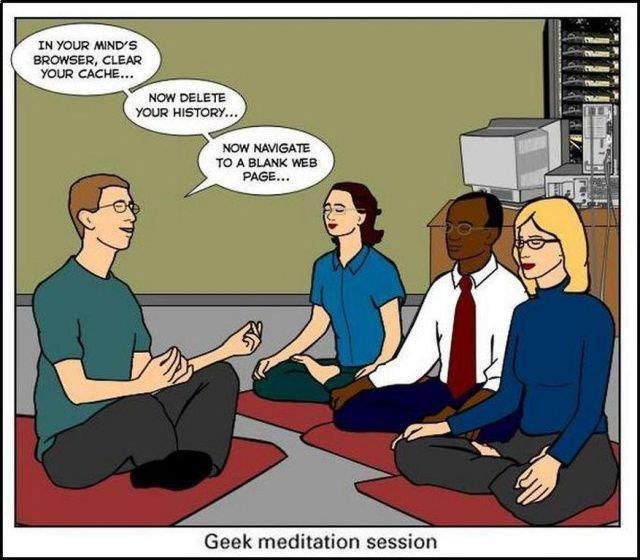 This can be useful, for example, when switching to a more recent version of .NET - given the speed of release of the latest versions (5.0, 6.0, 7.0), this situation is quite real. nine[ "HabrWebApi/HabrWebApi.csproj", "HabrWebApi/"] RUN dotnet restore "HabrWebApi/HabrWebApi.csproj" COPY . . WORKDIR /src/HabrWebApi RUN dotnet build "HabrWebApi.csproj" -c Release -o /app/build FROM build AS publish RUN dotnet publish "HabrWebApi.csproj" -c Release -o /app/publish /p:UseAppHost=false FROM base AS final WORKDIR /app COPY --from=publish /app/publish . ENTRYPOINT["dotnet", "HabrWebApi.dll"]
This can be useful, for example, when switching to a more recent version of .NET - given the speed of release of the latest versions (5.0, 6.0, 7.0), this situation is quite real. nine[ "HabrWebApi/HabrWebApi.csproj", "HabrWebApi/"] RUN dotnet restore "HabrWebApi/HabrWebApi.csproj" COPY . . WORKDIR /src/HabrWebApi RUN dotnet build "HabrWebApi.csproj" -c Release -o /app/build FROM build AS publish RUN dotnet publish "HabrWebApi.csproj" -c Release -o /app/publish /p:UseAppHost=false FROM base AS final WORKDIR /app COPY --from=publish /app/publish . ENTRYPOINT["dotnet", "HabrWebApi.dll"]
For users new to Docker, such a structure with many 'FROM' statements can be overwhelming. This file is close to the “combat” Dockerfiles and is built using multi-stage build technology (see here).
A multi-stage build helps build a container more efficiently without leaving unnecessary, unused files in it. From each intermediate stage, only those files are copied that will be useful in the next or final stage.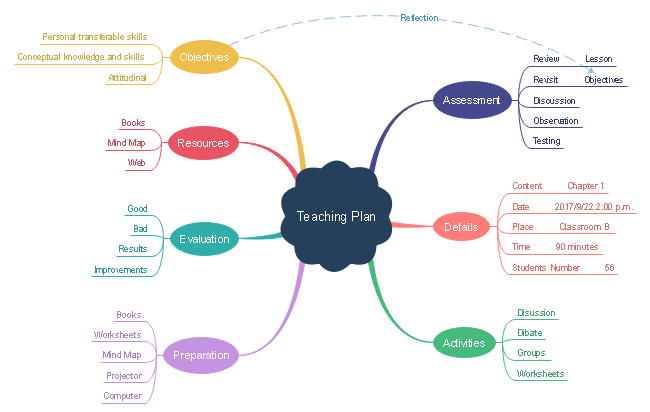 nine0003
nine0003
The first "base" stage in our Dockerfile pulls in an ASP.NET image from the Microsoft Container Registry (MCR) and exposes port 80. This image contains everything needed to run an ASP.NET Core application. The image tag points to the .NET version.
Next, the second "build" stage is based on the sdk image, which contains the necessary tools to build the application. It is at this stage that the application is compiled, its dependencies are restored, and the necessary executable files are generated. nine0003
The next "publish" stage extends the previous "build" stage by adding the "dotnet publish" command. The result is application files that are ready to run in the ASP.NET environment.
The "final" stage builds on the first stage and uses the results of the "publish" stage, i.e. combines the ASP.NET deployment environment and the files of our application that will be executed in it. The final line of the Dockerfile will be executed at the start of the container created in our image - it starts our application.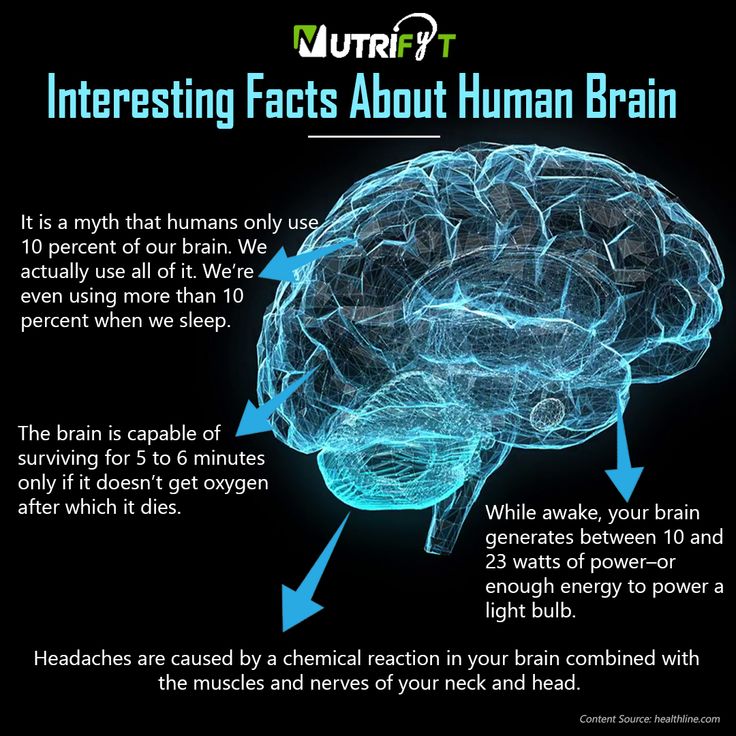 nine0003
nine0003
After creating the Dockerfile, we can start creating the image of our future container. To do this, you need to go to the folder with the application solution file (.sln), open the terminal in this folder and run the command: "docker build -f [path to Dockerfile] --force-rm --tag [tag] .". This command builds a container image according to the specified Dockerfile, assigns the specified tag to the image, removes all container images created at intermediate stages (option ‘--force-rm’) from the specified context (current directory). The image building should complete without errors. The finished image can be found here. nine0003
At this stage, it is necessary to check the operability of the container created according to our image. To do this, run the command: "docker run -d -P -name [container name] [image tag or image id]". The result of the command execution should be the following:
As you can see, the container was successfully created and launched. Now you can proceed to check the health of the application running in it. To do this, in Postman we will send requests to each method of our application. The port that was bound to the container can be found using the "docker container ls" command:
To do this, in Postman we will send requests to each method of our application. The port that was bound to the container can be found using the "docker container ls" command:
Send requests to our application:
-
/api
-
/api/authors
-
/api/info
Deploying an application to Kubernetes
Deploying an application to Kubernetes starts with writing a manifest containing a description of the Deployment. The key advantage of deployment is the built-in support for the required number of application instances (pods). The deployment also tracks all changes in its configuration, for example, changing the image of containers in pods. This makes it possible to “travel” through the history of the deployment change, and in case of applying fatal changes, it is easy to return to the latest stable version. nine0003
The minimum deployment contains the number of replicas (pods / instances of the application) and the configuration of the pods: a description of the containers (image, ports, environment variables, used storages (volumes)). Our application uses a single container per pod with port 80 with the default ASP.NET environment variable "ASPNETCORE_ENVIRONMENT". The application does not use storage. The minimum deployment manifest looks like this:
Our application uses a single container per pod with port 80 with the default ASP.NET environment variable "ASPNETCORE_ENVIRONMENT". The application does not use storage. The minimum deployment manifest looks like this:
apiVersion: apps/v1 kind: Deployment metadata: name: habrwebapi-deployment # Deployment name spec: replicas: 2 # Number of replicas selector: matchLabels: # Definition of labels and their values by which it will be determined pod belonging to deployment app: habrwebapi-pod template: # Description of the pod configuration metadata: labels: app: habrwebapi-pod # Special label for pods, which determines whether they belong to this deployment spec: containers: # Description of containers created in the pod - name: habrwepapi-container # Name of the container inside the pod image: hrenaki/habrwebapi-image:1.0 # Name of the container image with the repository specified ports: # Description of the container ports - name: pod-port containerPort: 80 env: # Enumeration of environment variables and their values - name : "ASPNETCORE_ENVIRONMENT" value : "Kubernetes"
You can check the status of the created deployment by calling the "kubectl get all" command. Execution result:
Execution result:
As you can see, a deployment, a replicaset and two pods with the "Running" status were created. This means that our application is deployed and ready to go. It remains to create an object that will provide access to our application. In this article, following best practice, ingress will be used for this purpose.
For ingress to work, you need to create a service that will direct traffic coming from ingress to deployment pods. Let's create a manifest with the service:
apiVersion: v1 kind: Service metadata: name: habrwebapi-service spec: selector: app: habrwebapi-pod ports: - targetPort: pod-port port: 80
Now we can move on to writing the ingress manifest. Ingress controls the routing of traffic coming from outside to services inside the Kubernetes cluster. There is only one service in our cluster, so we will direct all traffic that comes along the "/" path to it. As a result, the manifest for ingress looks like this:0003
apiVersion: networking.k8s.io/v1 kind: Ingress metadata: name: webapp-ingress spec: ingressClassName: nginx rules: - http: paths: - path: /pathType: Prefix backend: service: name: habrwebapi-service port : number: 80
Before creating ingress objects, you need to install the nginx controller in the cluster by running the command:
kubectl apply -f https://raw.githubusercontent.com/kubernetes/ingress-nginx/controller-v1. 5.1/deploy/static/provider/cloud/deploy.yaml
After all objects have been created, ingress is available at localhost. Let's make a request to our application using the address "http://localhost/api/info":
Summary
The article outlined the way to quickly deploy a primitive ASP.NET Core application. Minimal versions of k8s image and manifests are considered. The above material can serve as the basis for the deployment of more serious applications.
Programming of the human mind. Or how to become happy (IT specialist?)
The article uses photos of Dimitri Daniloff www. dimitridaniloff.com
dimitridaniloff.com
There are many articles on Habré about programming various devices, but I have not seen any articles about programming the human mind. I will try to fill this gap, because many will agree with me that the mind is the main tool and the main asset of any IT specialist.
In the article I will describe the systems of programming and deprogramming my mind known to me, as well as the possibilities of these systems and my own experience of working with such systems. nine0003
Is it possible to achieve wealth and happiness by programming the mind? Is it possible to erase feelings of guilt, resentment, hatred? Increase self-esteem? Turn off the experience of unpleasant past events? Increase personal efficiency? Get rid of laziness, procrastination and excessive perfectionism? You will learn the answers to these questions from this article.
The great news is that the systems in this article do not require any additional hardware.
Disclaimer
You must be aware that reading this article and using the systems and techniques given in it can radically change you, your life and your view of the world, without the possibility of recovery.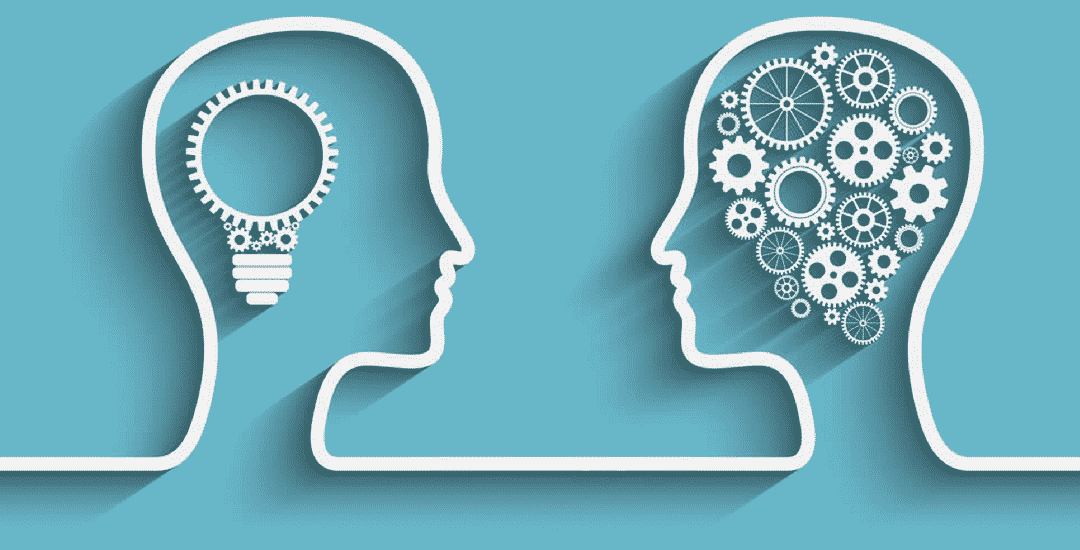 You are solely responsible for any work with the systems listed in the article. The author does not bear any responsibility for possible changes in your mind and your reality and only provides you with information.
You are solely responsible for any work with the systems listed in the article. The author does not bear any responsibility for possible changes in your mind and your reality and only provides you with information.
Contents
- Terminology
- Mind programming
- Programming VS Deprogramming
- Deprogramming systems: EFT, BSFF (download), TS (download)
- What problems can be solved with TS
- What can be achieved with TS
- Personal experience with these systems
Terminology
Below I will give the main terms used in the article so that there is no misunderstanding due to their different interpretations.
Um
Using an analogy, if the brain is a computer, hardware, then the mind is an operating system, a program with the ability to install new programs for responding to stimuli (conditioned reflexes). In addition to programs, it contains a linked database that describes the world - a "picture of the world".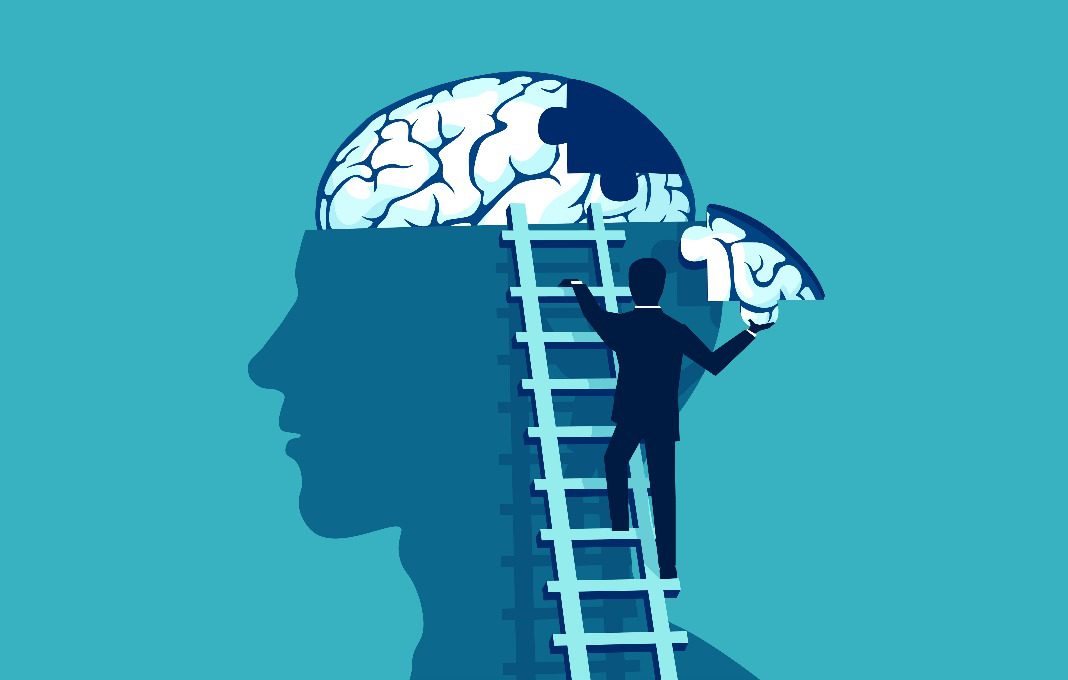 The main task of the mind is to preserve the vital activity of the organism and species. nine0003
The main task of the mind is to preserve the vital activity of the organism and species. nine0003
Subconscious
The subconscious is the unconscious part of the mind. The part we are not aware of. This is all that is hidden from us, as from the user. This is automatic work - the work of conditioned reflexes, patterns of behavior and response, decisions made and goals set. This is the work of all programs that are genetically laid down (ROM) and brought in during life from the outside or created by the mind itself.
The conscious part of the mind
The conscious part is that part of the mind that we can observe and influence. By computer analogy, this is the user interface of the mind. For example, we can observe the flow of thoughts in our mind, feel stimuli, and feel emotions. This is the mind output interface. We can give commands to the mind and body (through the mind) with an effort of will. This is the input interface. nine0003
Consciousness
It is the user of the mind and body as a mobile autonomous unit. It is the feeling of "I am". Where consciousness is located, where it comes from and how it connects with the brain - modern science does not yet give an answer. But this is not important for this article. The main thing is that consciousness can be aware (understand) what it reads from the mind output interface and has the will to control the body-mind mechanism, to issue commands (intentions) through the input interface of the conscious part of the mind.
It is the feeling of "I am". Where consciousness is located, where it comes from and how it connects with the brain - modern science does not yet give an answer. But this is not important for this article. The main thing is that consciousness can be aware (understand) what it reads from the mind output interface and has the will to control the body-mind mechanism, to issue commands (intentions) through the input interface of the conscious part of the mind.
World view
Database of ideas about the surrounding world. It contains absolutely everything that we know about the world, its laws and behavior. Helps the mind to predict the development of events, contributing to the survival of the organism. The picture of the world, as a system of values, directly affects our decisions and actions. A distorted picture of the world has an extremely negative effect on success in life - it is problematic to reach the goal on the wrong map.
Mind programming
1. Introducing any new ideas into the picture of the world or correcting existing ideas and their relationships - work with the "Picture of the World" - the database of the mind. nine0003
nine0003
2. Adding event handlers. The simplest program looks like “On {event} execute {reaction}. Example "When summer comes, prepare the sleigh for winter." The simplest programs can form behavioral patterns when the completion of one program launches another.
How programming is done
We program our mind constantly. By agreeing with any statement, we add this statement to our picture of the world. Having made a decision, we install an additional handler in our mind. We program ourselves and others, others program themselves, us and others. Realizing this, people began to study the ways and mechanisms of verbal influence on other people. There were such methods and systems as hypnosis, affirmations, auto-training, NLP. nine0003
Programming VS Deprogramming
As practice has shown, mind programming (for example, with the help of hypnosis, affirmations) does not give long-term stable results. Deprogramming, on the other hand, is unsurpassed in efficiency and gives long-term and stable results.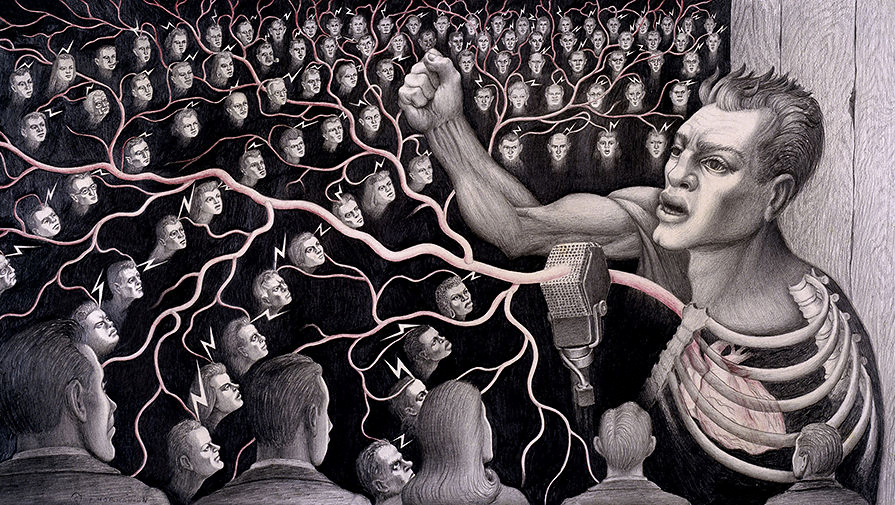
And here's why: imagine that the mind is a computer with Windows, and for dozens of years, different people install new programs every day into it, and upload different information. Deliberately installing a few more “correct” and “good” programs on this computer will obviously not improve its performance, and increase its efficiency only temporarily. Perhaps even leading to additional problems in the future. After all, in the mind, programs installed earlier have an increased priority over new programs. nine0003
So it turns out, programming the mind, we only harness to the convoy, which is already being pulled by a swan, a crayfish and a pike of another sparrow. Deprogramming, on the other hand, removes programs from the mind that interfere with the efficient functioning of the body in the modern world. As a result, the convoy travels faster to the goal.
What would we do to improve computer performance? Removed all unnecessary programs, optimized the database, performed defragmentation. So a similar system of work is suitable for improving human efficiency:
So a similar system of work is suitable for improving human efficiency:
- remove automatisms (some of them were probably useful in the past, but in adulthood they can greatly interfere),
- correct the picture of the world - bring it as close as possible to reality,
- defragment personality (integrate all subpersonalities into a whole personality).
Deprogramming the mind does NOT erase memory and life experiences or destroy skills. Deprogramming allows you to get rid of unconscious behavioral programs, as well as adjust the picture of the world by removing fixed ideas and limiting beliefs from it. nine0003
Deprogramming systems
While official science either keeps silent or declares the techniques described below to be pseudoscientific, I personally prefer to use them and get results. For hundreds of years official science considered the earth to be flat. Again, psychoanalysts do not benefit from you being able to solve your problems yourself - they are better off if you pay them good fees.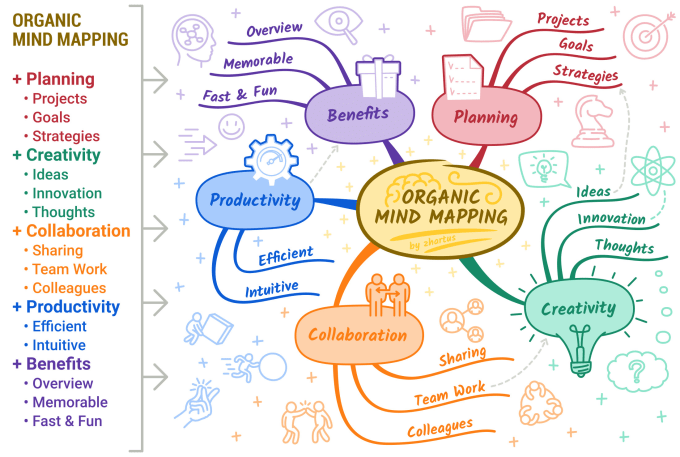 So I don't think you'll be hearing about these systems in scientific journals any time soon. For example, I did not have time to wait for official science - my problems required an immediate solution, and by the way, I solved them using the techniques described below. nine0003
So I don't think you'll be hearing about these systems in scientific journals any time soon. For example, I did not have time to wait for official science - my problems required an immediate solution, and by the way, I solved them using the techniques described below. nine0003
By the way, if someone is engaged in research related to the work of the brain and has access to a tomograph and other equipment, and there is an interest in conducting a scientific study of the impact of these techniques on the human body, then write to me in a personal. I am even ready to partially finance this study.
So we got to the most interesting part - specific systems that allow you to deprogram unwanted mental material. I will start from afar and finish with the most modern system. So:
EFT
The Emotional Freedom Technique (EFT) was created by American engineer Gary Craig in the 90s, based on the technique of Dr. Roger Callahan.
I give this technique only for history, so that it is clear where the following deprogramming techniques developed from.
The Emotional Freedom Technique is sometimes referred to as "needleless acupuncture" or "the emotional version of acupuncture." The basic EFT procedure involves stimulating specific acupressure points while focusing on an aspect of the problem. nine0003
This system requires a specialist to carry out the deprogramming procedure. The system is aimed at solving individual problems. You can find additional information on the Internet. I have not used this system myself.
EFT on Wikipedia
BSFF – Be Set Free Fast (download)
It was developed by psychiatrist Larry Nims in 2000, based on EFT, and called BSFF, which means "Get Free Fast" (the official website is at www.besetfreefast.com). The first system I know of for independent work. Self-directed means you don't need anyone to work on it. nine0003
Brief description:
1. You select a key phrase, such as "Put it away", to start processing the selected material and read out a special instruction (procedure) to the subconscious. The procedure tells the subconscious part of the mind in detail how to process the material. This is done once. I don’t give instructions here - you can look in the description.
The procedure tells the subconscious part of the mind in detail how to process the material. This is done once. I don’t give instructions here - you can look in the description.
2. You choose the problem you want to work on, which, for example, worries you the most at the moment, and write it down into short, complete phrases (“aspects” in BSFF terminology) - the more detailed, the better, for example:
- This neighbor drinks from morning to evening
- How to get drunk - songs yelling
- Unable to sleep
- What a fool
- How such the earth wears
- Her son is a bandit
- And she doesn't clean the stairwell
- …
- And so on, until the aspects run out. Of course, instead of a neighbor, you can, for example, work out all your "holy" beliefs about programming and computers - I guarantee you will get an amazing effect. nine0014
3. You read the first aspect and say the key word "Remove it" several times forming the command to start, until you yawn (this subconscious mind reacts to the start of processing according to the instructions)
4. Repeat paragraph 2 for each next aspect
Repeat paragraph 2 for each next aspect
5. After that, some final aspects such as forgiveness of the people being processed, as well as "stoppers" - limiting beliefs and doubts that interfere with processing.
PDF file with instructions additionally contains sets of aspects for working out such problems as perfectionism, procrastination, inner critic and others. nine0107 The system turned out to be unexpectedly effective for me and worked very gently. I started with perfectionism, with which I have already tortured myself and my subordinates. I remember how my partner’s jaw dropped when, a couple of days after working through, I suggested not finishing the project to the ideal for another month or two (as I insisted a few days ago), but releasing it almost as is (it was already very good) and look at user reviews.
Having worked through all the sets of aspects from the file, I decided to look for additional sets on the Internet. I did not find sets of aspects, but I found TS. nine0003
nine0003
TC - Turbo Gopher (download)
The system was developed by Dmitry Leushkin, the translator of the book on BSFF into Russian, based on it (using a number of powerful techniques) in 2007.
Despite the frivolous name, this is perhaps the most powerful and complete system for deprogramming the subconscious. I don't know of a better system. I will write about personal experience at the end of the article. Why TS is called so can be read here.
The author of the system translated BSFF into Russian, and TS is a significantly improved version of this system. The main difference is that you do not need to work out aspects separately. All aspects are read out as a general list and are triggered by the keyword once. This method of "batch" processing has made it possible to increase the volume of processed material by tens and hundreds of times. The handler itself (material processing procedure) has also been significantly improved and performs more “high-quality” cleaning / deprogramming. nine0003
nine0003
There are a huge number of clustered aspects (called "protocols" in TS terminology). These protocols cover almost all aspects of human activity and related problems.
TC is not designed to solve individual problems (although it copes well with this). It aims at complete clearing/deprogramming of the mind and the cumulative effect of it. Here it should be noted that “deprogramming” does not mean erasure. You will not forget anything, on the contrary, your memory will become much better. You will stop worrying and worrying. Again - you will not become cold robots. All the beauty of the world and positive emotions will be completely available to you. You will be able to choose how you react to this or that event, and not react automatically. nine0003
Briefly, the work on the TS is structured as follows:
Preparatory stage (about a month)
You read out several processors - instructions for the subconscious. Gradually, with these processors, you work through a list of basic emotions and a list of polar ideas (good-bad, warm-cold, left-right, black-white). Thus, the basic emotional reactions are partially deprogrammed and the picture of the world is slightly leveled.
Thus, the basic emotional reactions are partially deprogrammed and the picture of the world is slightly leveled.
Also work through traumatic past episodes and people you resent or feel guilty about. For the first month, everything is worked out "manually" - one aspect, as in the BSFF, because A "batch" launch will be too difficult for an unprepared psyche - it is advisable to "train" the mind a little. nine0003
Registration on the site and work on free protocols (six months)
After working through the list of emotions, polarities and the past, you register on the TS system website.
Now you process problems in batch mode - prepare a list of aspects (short phrases - problem descriptions) and load them into a special handler. All the negative moments that you experienced or remembered during the day.
Also, the site contains a huge number of free protocols (aspects of various problems) written by users of the system. If you run a few pieces a day, they will last for several months. You will feel the results almost immediately. nine0003
You will feel the results almost immediately. nine0003
If you are satisfied with the results of the studies, but want even more serious results, then you can request a transition to paid protocols.
If you didn't get any results, then most likely you don't want to process anything and, accordingly, don't form an intention (command) to start processing. Postpone the system until the time when you really want to change something about yourself. Several of my friends quit TS because they were scared of the big changes. I personally do not know people for whom this system does not work. nine0003
Work on paid protocols (one and a half to two years)
Paid protocols are very large - for a simple reading, you need from an hour to two and, accordingly, the study of the material is very detailed. Many protocols are based on a variety of books on psychology, as well as other sources. The protocols were compiled not only by the author of the system, but also by many ordinary users.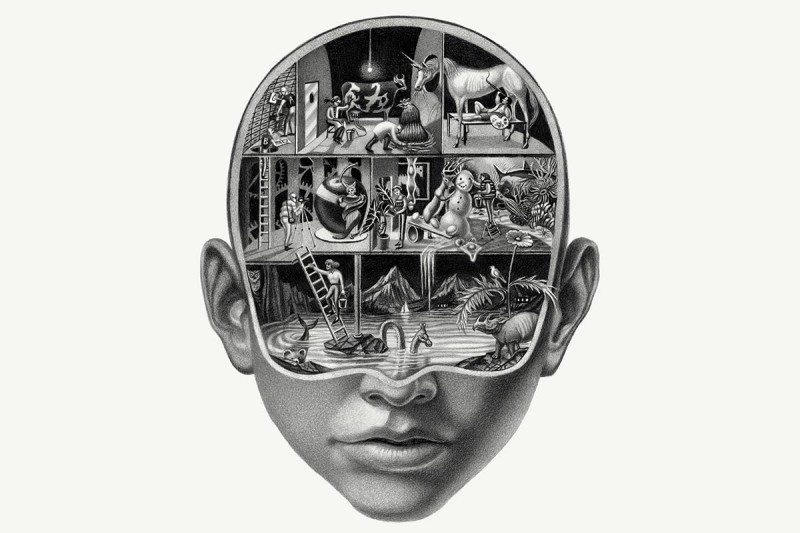 In principle, you don’t have to buy them - you can write analogues of these protocols yourself, but it can take several days to write one protocol, and there are more than 400 of them (paid) on the site. You choose whether to write your own protocols for years or buy ready-made ones. It's the same as choosing to make a bike yourself or buy a ready-made one. You can also combine. Personally, I believe that the money I spent on paid protocols has already paid off with a vengeance and this is one of my best investments. nine0003
In principle, you don’t have to buy them - you can write analogues of these protocols yourself, but it can take several days to write one protocol, and there are more than 400 of them (paid) on the site. You choose whether to write your own protocols for years or buy ready-made ones. It's the same as choosing to make a bike yourself or buy a ready-made one. You can also combine. Personally, I believe that the money I spent on paid protocols has already paid off with a vengeance and this is one of my best investments. nine0003
After launching the main group of paid protocols, the user opens a section with experimental protocols - protocols that process the Ego and various low-level things of the mind. These protocols are free and there are a lot of them - more than a thousand.
In principle, you can stop at paid and experimental protocols. But for the most persistent, there are a couple more sets for the “final” stripping, which are free, but are issued strictly individually.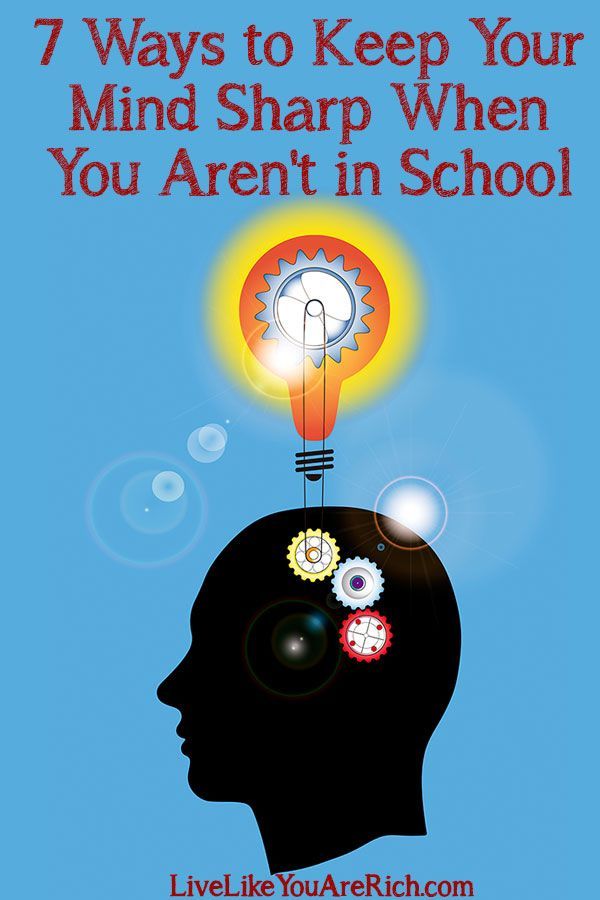
What problems can be solved with TC
Since the causes of most personal problems are in the mind, they can be solved with the help of TS. The following is a partial list of problems that TS helps to solve:
- Traumatic episodes of the past
- Feelings of guilt, shame, resentment, hatred, condemnation, jealousy
- Various fears, negative expectations
- Negative emotions and their manifestations
- Stress, problem pressure, anxiety
- Integration of internal subpersonalities (defragmentation)
- Low self-esteem, self-deprecation, "unworthiness"
- Fixed ideas, limiting beliefs, excuses
- Excessive attachment to someone or something
- Excessive perfectionism or carelessness
- Rejection or excessive attraction
- Relations with parents, relatives and friends
- Relations at work, in society, with the opposite sex
- Pride, CSF, excessive importance of something
- Inefficient attitude towards money and other resources
- Imbalance, lack of flexibility, rigidity
Having worked out the psychological reasons leading to escape from reality, it is much easier to stop smoking and drinking alcohol, sit in social networks and computer games, and overeat.
An additional bonus of working on TS is a gradual improvement in health. Many somatic disorders and diseases that have nervous causes pass.
What can be achieved with TC
Unfortunately, nothing can be “achieved” with the help of the TS. TC does nothing - it is designed to clean. TS can help put the mind in order - put everything in its place, defragment subpersonalities (which constantly argue in the head), remove limiting beliefs and other mental material, but you will have to take your ass off the couch and do something yourself. Although doing this will be much easier and simpler than before. After development, your picture of the world will be more flexible. Imposed opinions and beliefs will fall off and it is YOUR true aspirations and desires that will come out. nine0003
Contraindications to TS and side effects
It is strictly not recommended to engage in TS for pregnant or breastfeeding, children under 18 years of age and mentally ill people.
Unfortunately, the price to pay for rapid change is the “rollback” or “pendulum” effect, in TS terminology. That is, after working through, for example, serious grievances, within two or three days, various grievances can (but not necessarily will) climb. This is a problem that is being worked on, so it can, aggravating, come out. Bouts of irritability and impatience are possible. You can learn more about pendulums and ways to soften them from the book on TS. nine0003
Personal experience
I want to warn you right away that my personal experience is personal. I do not guarantee that you will have something the same as mine.
My state at the time of the beginning of the studies cannot be called remarkable: debts, problems at work (crisis), the family has also not been going well for a long time, exacerbation of diseases - the nerve in the spine became so inflamed that I had to literally crawl to the toilet. Towards the end, they also stole my car and demanded a ransom for it. Jo#a shorter complete. Moreover, I felt that the matter was in me - I was doing something wrong, but I could not stop in the rat race from work to home and back, and calmly think. nine0003
Jo#a shorter complete. Moreover, I felt that the matter was in me - I was doing something wrong, but I could not stop in the rat race from work to home and back, and calmly think. nine0003
I heard about BSFF on the same day from two completely different people. At that time, I had a sign that if I learn about something from two sources, then it is advisable to pay attention to it. (Now I try to hear the information the first time).
I downloaded BSFF and ran the Perfectionism cluster, getting a result that stunned me. In my inner feelings, nothing has changed, but I began to think in a completely different way.
Before working through, I always tried to make everything perfect - no matter what. If something can be done better, then it should be done better. So I thought. And he spent a huge amount of energy on striving for the ideal, forcing both himself and others to do everything as well as possible. Often carping over trifles. nine0003
After working through, I began to see where such a desire is justified in terms of energy costs and goals, and where it is not.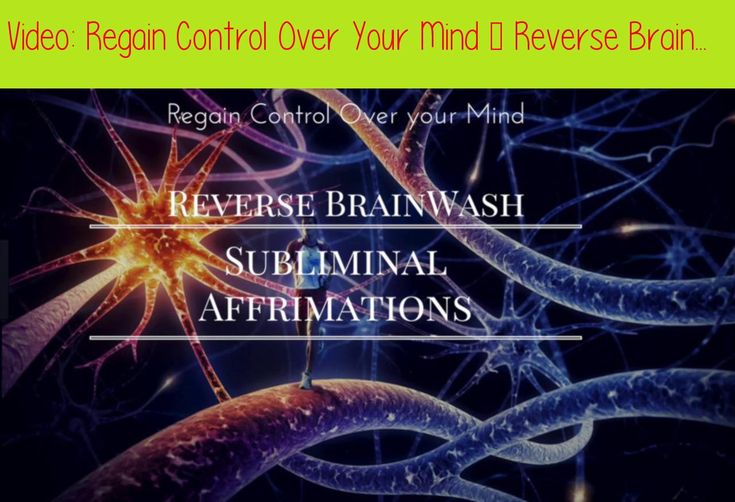 This made it possible to manage time and resources more efficiently.
This made it possible to manage time and resources more efficiently.
Encouraged by such quick and dramatic results, I immediately worked through all the additional clusters of common problems that were in the appendix to the BSFF. I was very pleased with the result - and climbed to search the Internet for lists of aspects of typical problems. Even then, it became clear to me that the problems of almost all people are approximately the same, with slight variations. And many thoughts in my head are generally identical - word for word. nine0003
I didn't find lists of aspects, but I did find Turbo Gopher. Reading the book, I realized - this is what I need.
I quickly worked through the preparatory phase (by the way, I recommend doing it in the evening before going to bed, otherwise you can be stupid all day or just pass out in a dream - the “processor” is loaded to its fullest), I moved on to the protocols, additionally working through the negative accumulated during the day.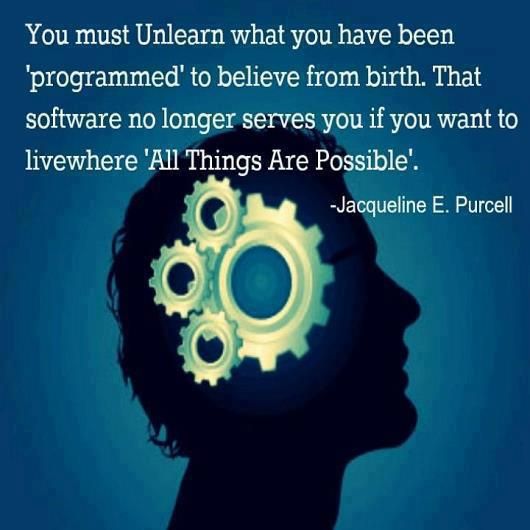
Changes in perception were striking in their speed and strength. Most of the problems of the past, or rather the experiences associated with them, are gone. Fears are gone, self-esteem and self-confidence have increased. After a few months of development, I launched almost all the free protocols from the site. Perception seemed to be cleared - I began to see the causes of many of my problems. It took me almost half a year to get all the free protocols up and running. nine0003
Then I started working on paid protocols. Then for a long time there was a tension with money - at that time I did not launch paid protocols, I launched experimental free ones and my own, self-written ones. Gradually implemented new projects with partners. There was enough money, and I launched the remaining paid protocols. It took me 2 years to launch all the protocols from the site. If it were not for the financial hole in six months, then I think it would have been possible to have time to launch all paid ones in a year.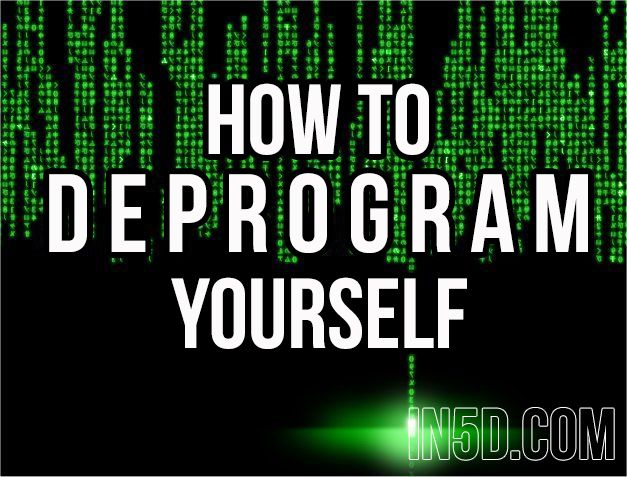
Now about the results: the feeling of guilt for the past, resentment against someone, envy and jealousy completely disappeared. In general, the past is perceived calmly: it was and is gone. All problems are gone. That is, there are no problems at all - there are tasks. All fears are gone. I became more free. I only do what I want. I communicate only with those with whom I want. He met a girl, whom he then took out of the Siberian city to his warm country. Our relationship is something that I never dreamed of before - because I thought that such a thing was simply not possible. Business is going uphill - but this is more likely not the result of studies, but the fact that I took my ass off the couch and distribute my resources more efficiently. I also work for pleasure - rather, I don’t even work, but I do what I love. nine0003
As a bonus from the studies, health was restored. All illnesses and pains are gone. I no longer smoke or drink alcohol. The face became more pleasant and the body more beautiful. Apparently, since negative emotions gradually disappear, the face also relaxes, gradually acquiring its natural form, although earlier I constantly walked around frowning and with pursed lips.
Apparently, since negative emotions gradually disappear, the face also relaxes, gradually acquiring its natural form, although earlier I constantly walked around frowning and with pursed lips.
Imagine that you have returned to a happy childhood - the world is again full of colors and mysteries. You go to bed with pleasure, and, falling asleep, are already waiting for a new day - because it promises many more new and delightful things. No one and nothing puts pressure on you - you don’t owe anything to anyone, you can choose for yourself what to do and what to score. Even better than in childhood - because there is no one who limits you (as a child, parents constantly did this). nine0003
Now, I can safely say that I feel really happy. The TS system fully met my expectations and even much more. The depth of understanding of things and events has increased. Intuition has sharpened - now I decide what and when to do, using intuition, but how exactly to do it I leave it to the mind to decide.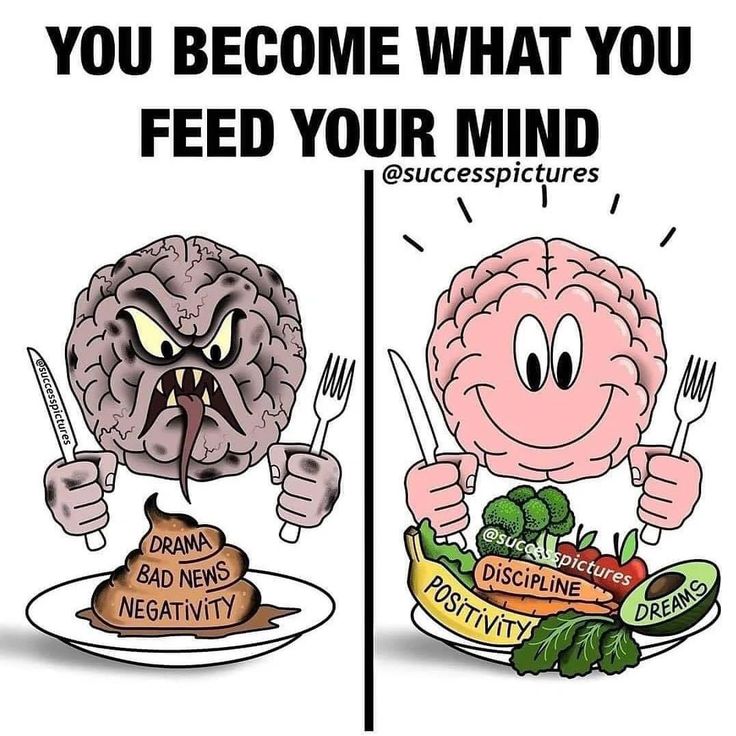
Now my mind is my tool for solving logical problems, and not my personal tyrant, as before, when he made me do unpleasant things because of fears or because “it’s necessary”, and constantly accused me of something and denied what I wanted. All psychological "complexes" disappeared. nine0003
Now I load my mind with the tasks of generating "how to do things most efficiently" rather than creating bloated problems. He is such a mind - he can create anything from nothing. If you want, it will create a bunch of solutions, but if you want, it will create a bunch of problems. With the help of TS, I learned to control my mind and not be led by its wiring.
Now I think that the main problem with many people is that they identify with their mind - they think they are the mind. And accordingly, the thoughts of the mind (which appear on the user interface) they consider their own. Although these are not their thoughts as an integral being, but only the thoughts of their mind. Imagine a person who reads text from a computer screen and thinks that these are his thoughts. The mind is just an instrument available to man. Like a computer. By an effort of will, he can be given any commands with intention, and then read the results in the form of thoughts or images. If the mind “thinks” idle (you didn’t give it commands to think about anything), then this textual garbage can be safely ignored. nine0003
The mind is just an instrument available to man. Like a computer. By an effort of will, he can be given any commands with intention, and then read the results in the form of thoughts or images. If the mind “thinks” idle (you didn’t give it commands to think about anything), then this textual garbage can be safely ignored. nine0003
It used to take decades for people to meditate, do yoga, or do other sophisticated practices to subdue their minds. With the help of TS, it is possible to put your mind in order in a couple of years and get such states of consciousness, the possibility of which you did not even suspect. The state of happiness, health and money will be only a small part of all changes. Of course, TS is not a panacea, and everyone has their own way. But now you have the information and you have a choice - to check it on your own experience or discard it. nine0003
Good luck refactoring your mind and taking back control of it!
Be happy! Create and create!
P.
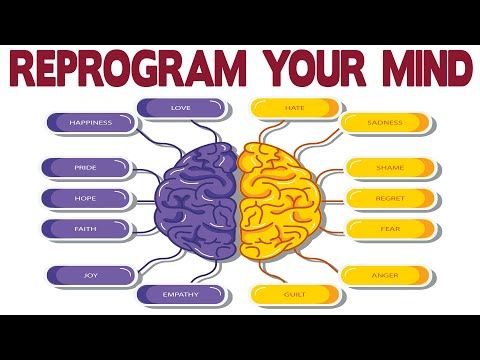 .. [+] self.
.. [+] self.